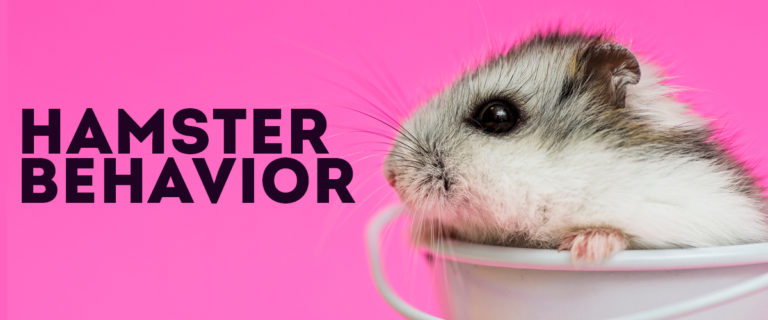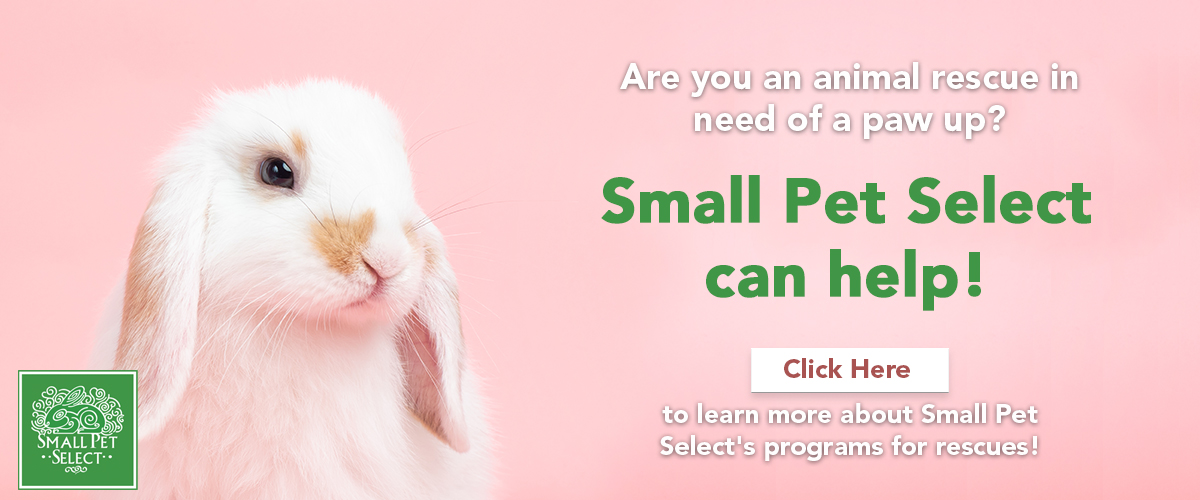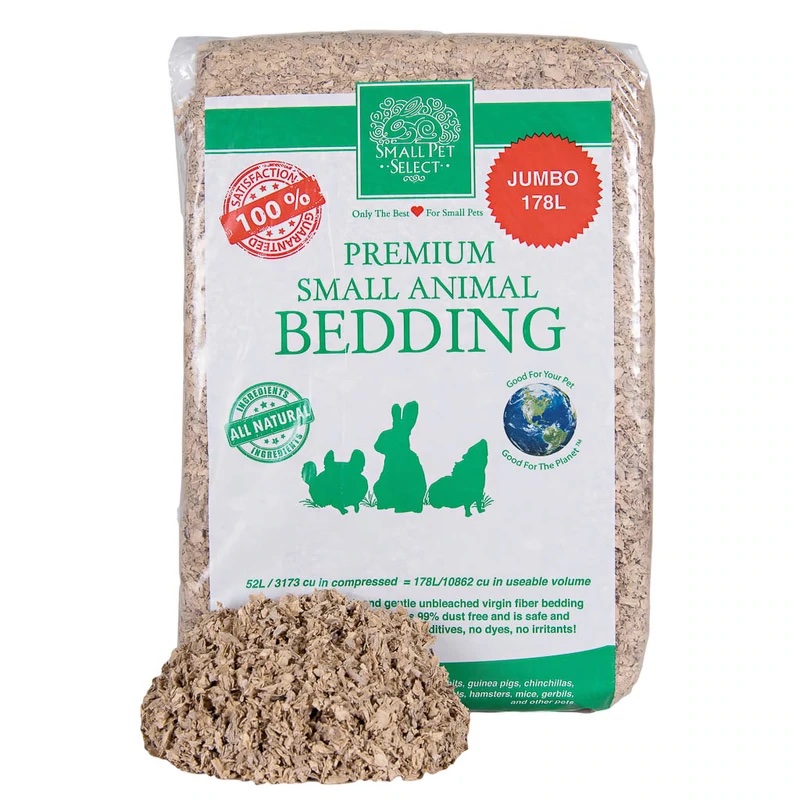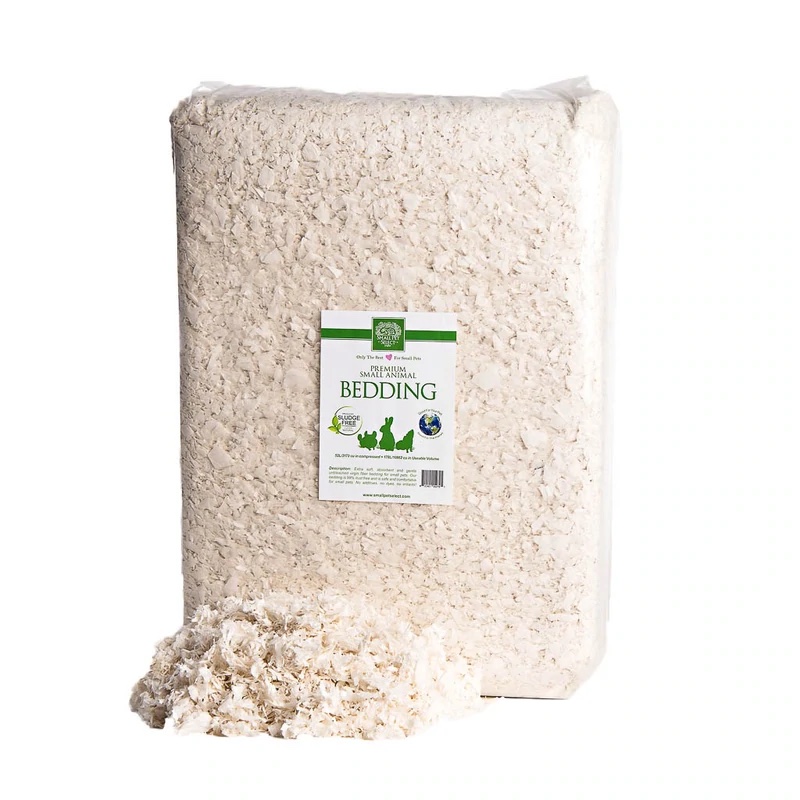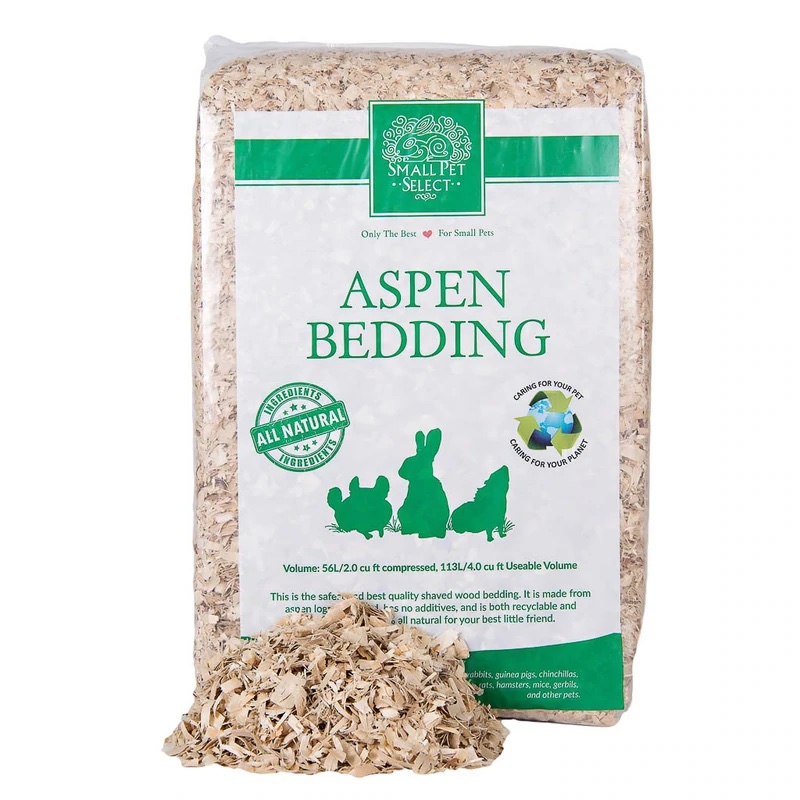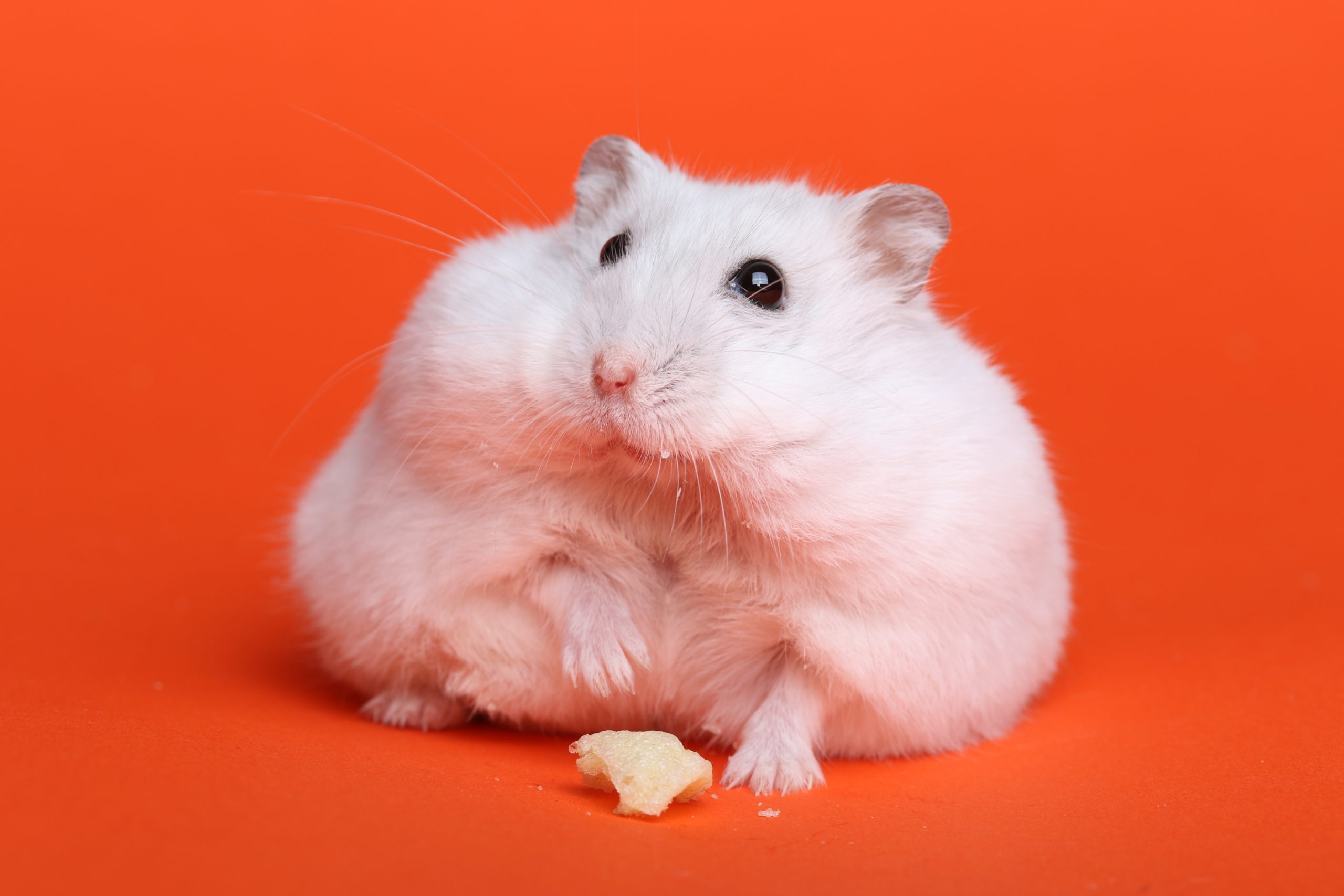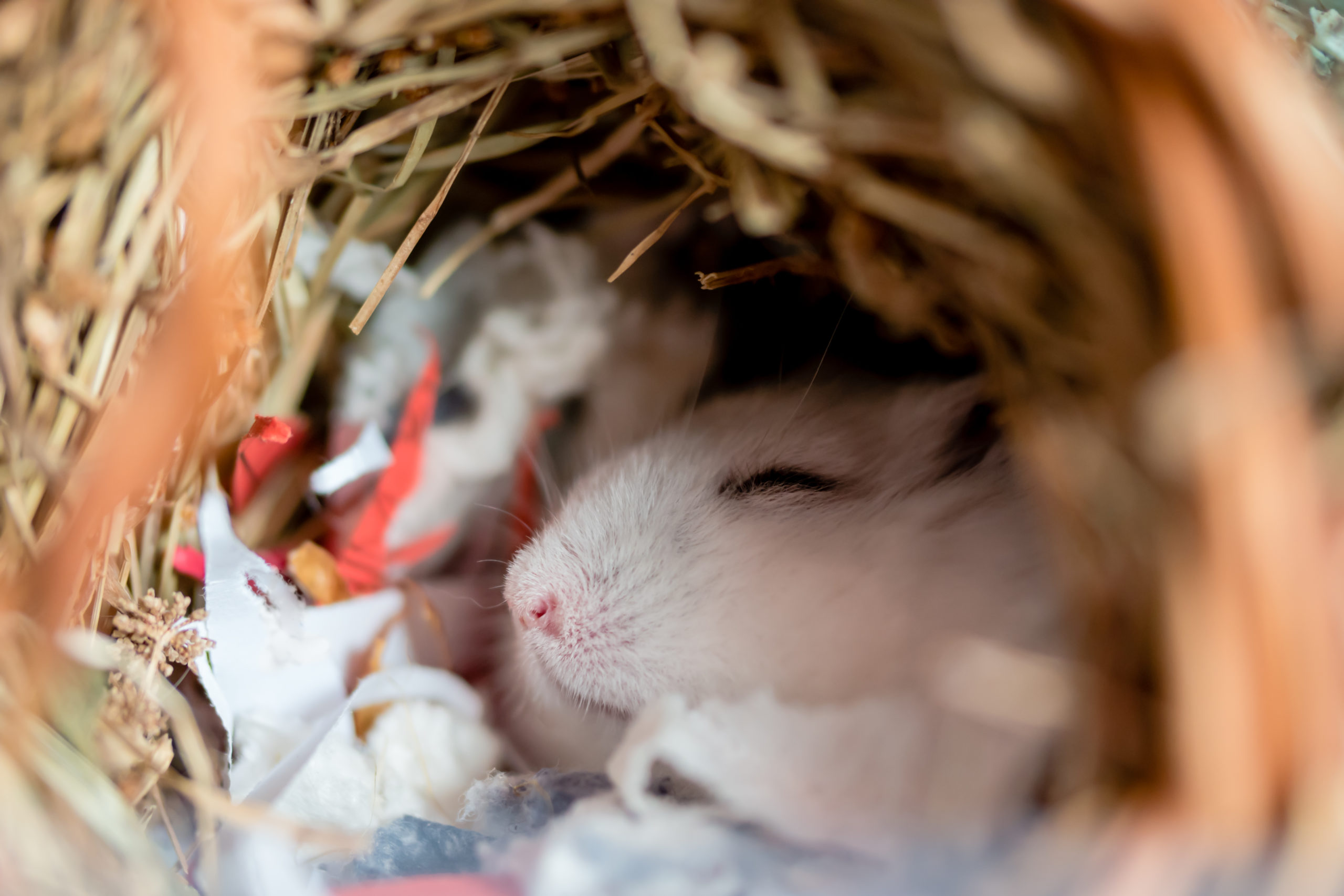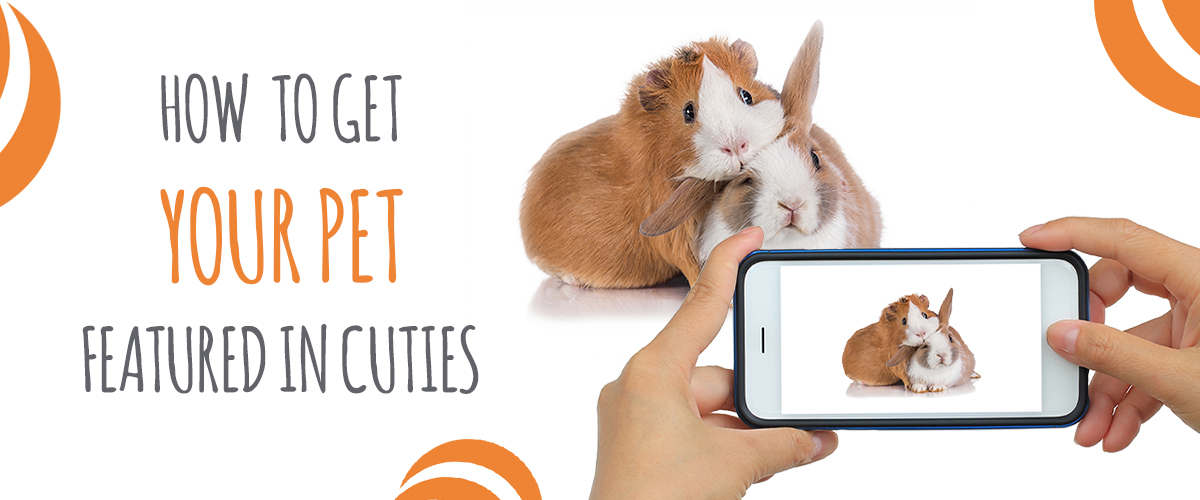Hello friends! Every species’ behavior translates into a form of communication. Today, we’re going to examine hamster behavior. While your hammy will have its own adorable quirks, understanding his body language will only improve your bond. Additionally, if he’s not feeling well, you’ll be able to determine that too. Ready to get fluent in hamster? Let’s go!
Important Hamster Facts
Before we get into hamster behavior, here are a few things you should know, according to the Royal Society of Prevention of Cruelty to Animals (RSPCA):
Plenty of space to play and exercise during the night, plus an exercise wheel. Wild hamsters are usually active only at dusk and night; they can run up to 5 miles a day.
To sleep undisturbed. Hamsters rest and sleep during the day, so make sure the lights are off, and the portion of your home where their habitat is located is quiet.
A deep layer of litter, if possible, in which they can dig and construct a burrow. Guess what we sell? Litter! Check out your options below.
- To be kept warm during the winter will help prevent them from going into hibernation. If they go into hibernation, making sure they are in a warm (but not too hot) place should result in them waking within a short period. Ensure that they have plenty of fresh and clean water, fresh food, and nesting material, and check them regularly. If you are at all unsure, contact your vet for advice. Wild hamsters hibernate during the winter but wake up periodically to feed.
Pawsitive Hamster Behavior
Nocturnal Behavior: As you walk to the kitchen for a midnight snack, you notice your hammy running around her enclosure. This is a sign of a healthy, happy hamster. If you put up a nanny cam when you get up in the morning, you'll probably have 3-4 hours of footage showing your hammy cruising around.
Chewing: Similar to many of their rodent friends, hamster front teeth never stop growing. Constantly chewing keeps their teeth at the correct length. We have plenty of all-natural toys and chews to keep your hammy busy.
Chubby Cheeks: To be honest, I freaked out when I saw one of my hamster’s cheeks stuffed on one side. I thought he had a tumor, but nope! Hamster cheek pockets are so helpful. Food is carried there, and they also move bedding and their babies!
Grooming: Just keeping it clean, folks. A content hamster likes to stay clean.
Burrowing: Dig, dig, dig…did you know you adopted an excavator? Hamsters love burrowing so they can have a nice nap during the day. In the wild, this behavior developed to keep them safe from predators.
Watching what’s going on with ears standing up: Hammies are curious little characters who can’t see well. Therefore, they use their sense of sound and their whiskers to help them figure out what’s going on.
Negative Hamster Behavior
- Lethargy: Unless hammy is sleeping, they’re usually pretty busy. You’ll definitely want to get your hamster to the vet if they show minimal activity.
- Stress: Hiding all the time.
- Signs of Fear:
- Emptying cheek pouches fast
- Ears forward and cheeks puffed ou
- Standing on hind legs with paws up
- Acting startled
- Ears laid back and narrowed eye
- Lying on her back and showing teeth
- Playing dead
- Chattering teeth
- Biting
Repeating any behavior: This could be a sign of illness or boredom. Take hammy to the vet right away.
Noises
While hamsters squeak, the meaning of the squeaks is a mixed bag. Additionally, the noise may not be heard by the human ear. It could mean:
- A desire to mate
- Stress
- Anger
- Nothing 🤷🏻♀️
In short, you're now fluent in hamster! So get ready for a quiz in 30 minutes. Of course, I'm just kidding…don't worry. Did we miss any vital hamster behavior? Let us know by commenting on our socials or emailing us.
DISCLAIMER: The links and information are being provided as a convenience and for informational purposes only; they do not constitute an endorsement or an approval by Small Pet Select of any of the products, services or opinions of the corporation or organization or individual.
Want to learn more about guinea pigs? Check these out!
Guinea Pig Ear Infection: How to spot them, treat them, and avoid them.
Small Animal Recycled Paper Pellet Bedding: All You Need to Know



